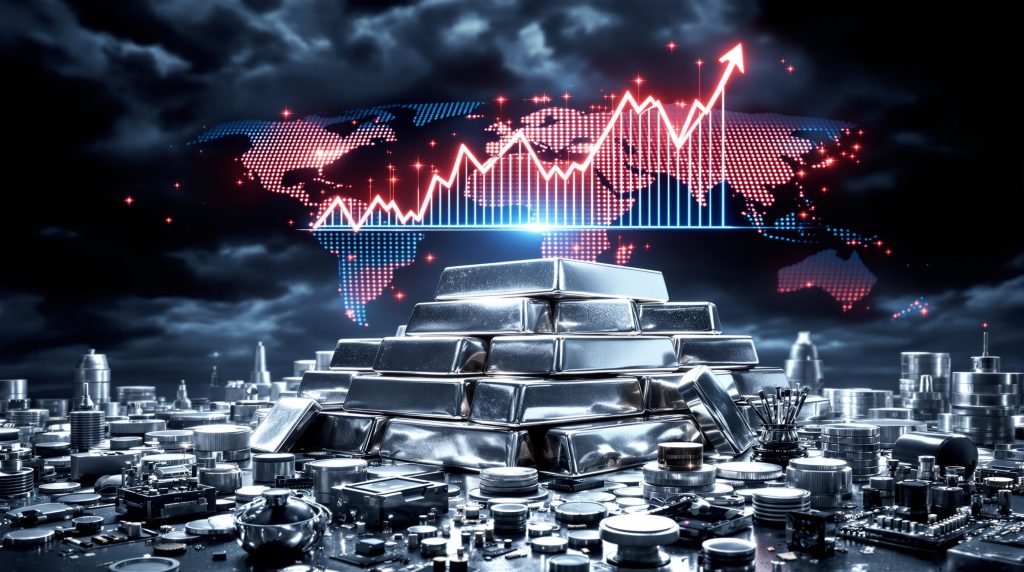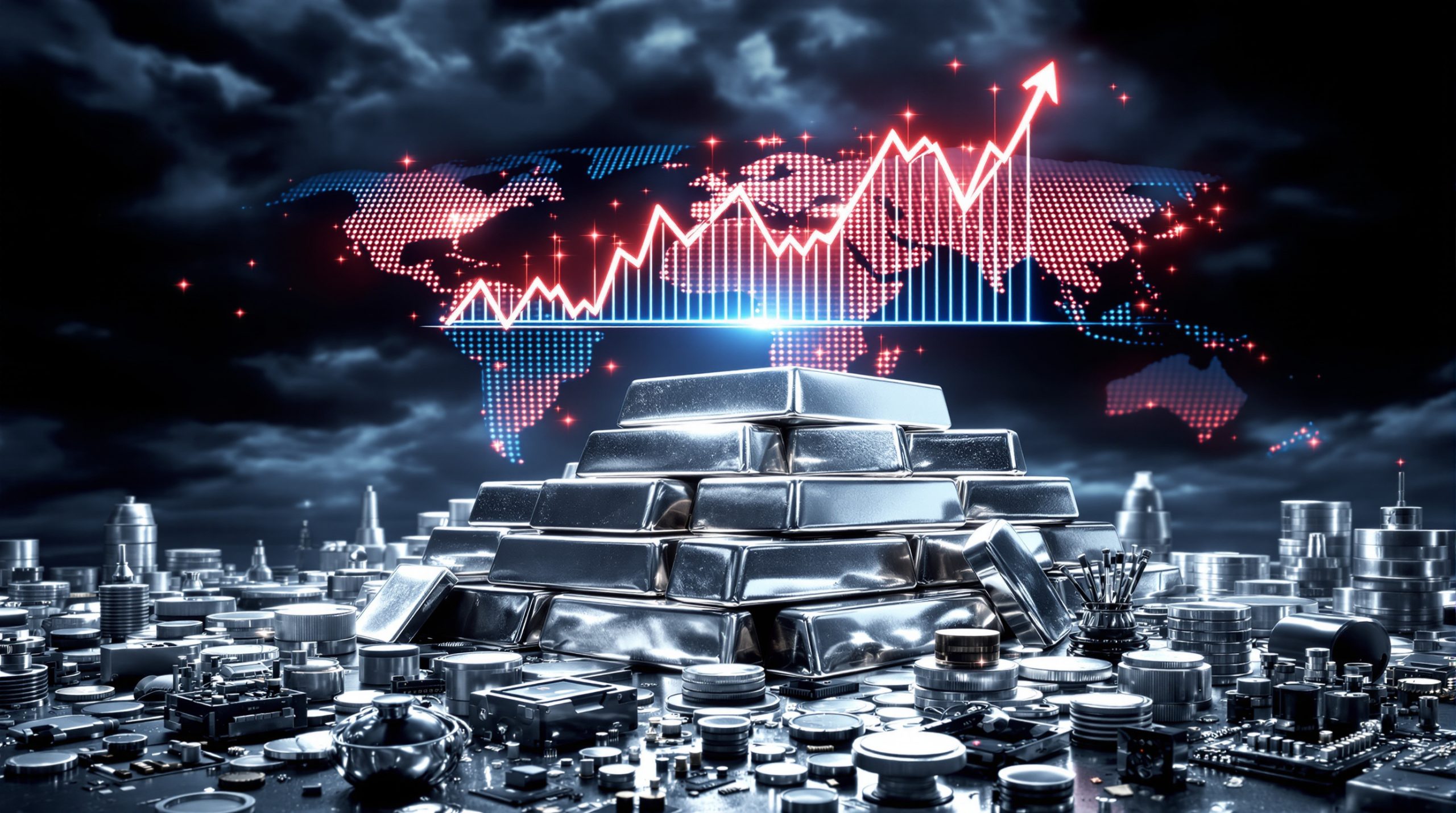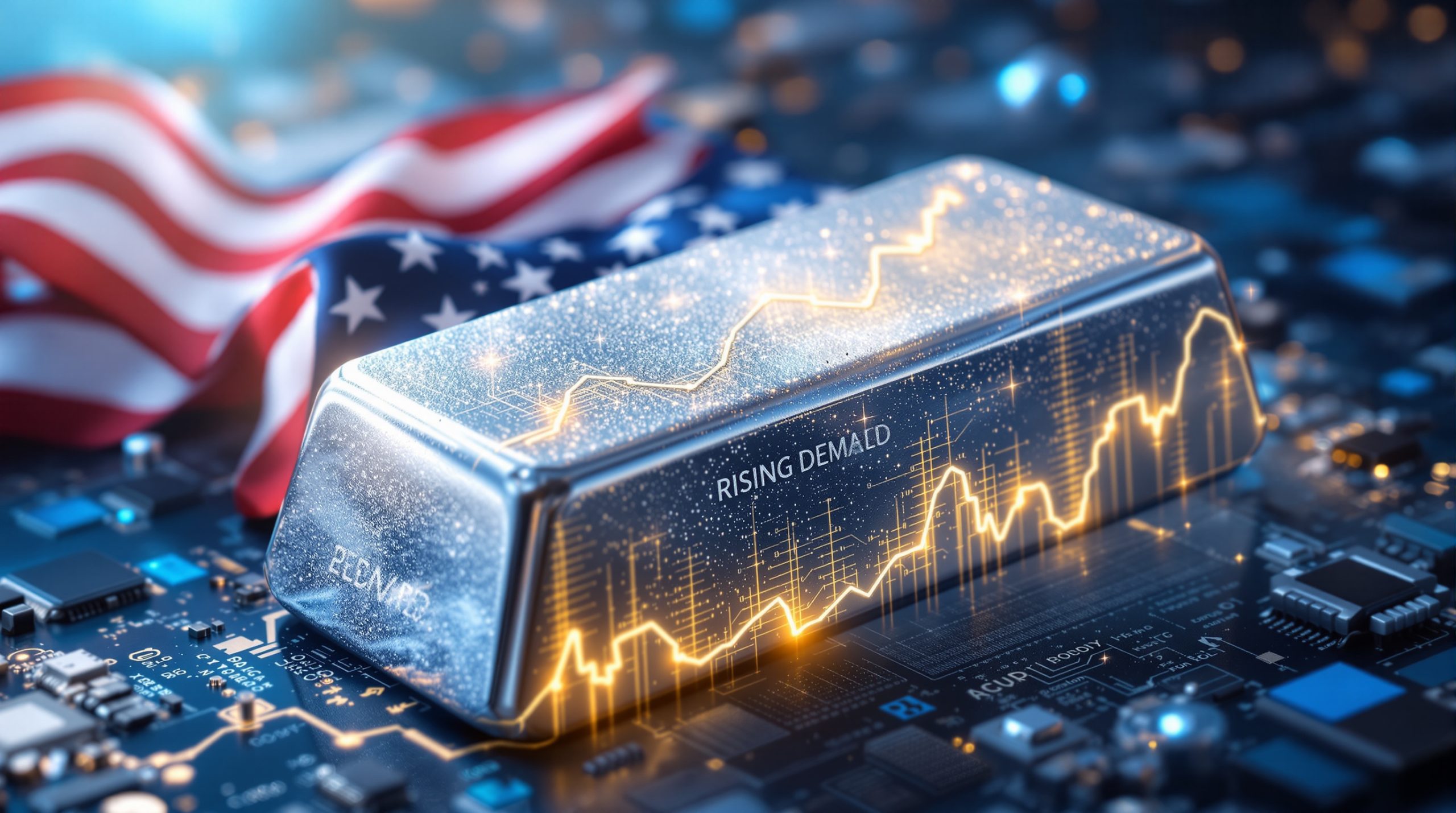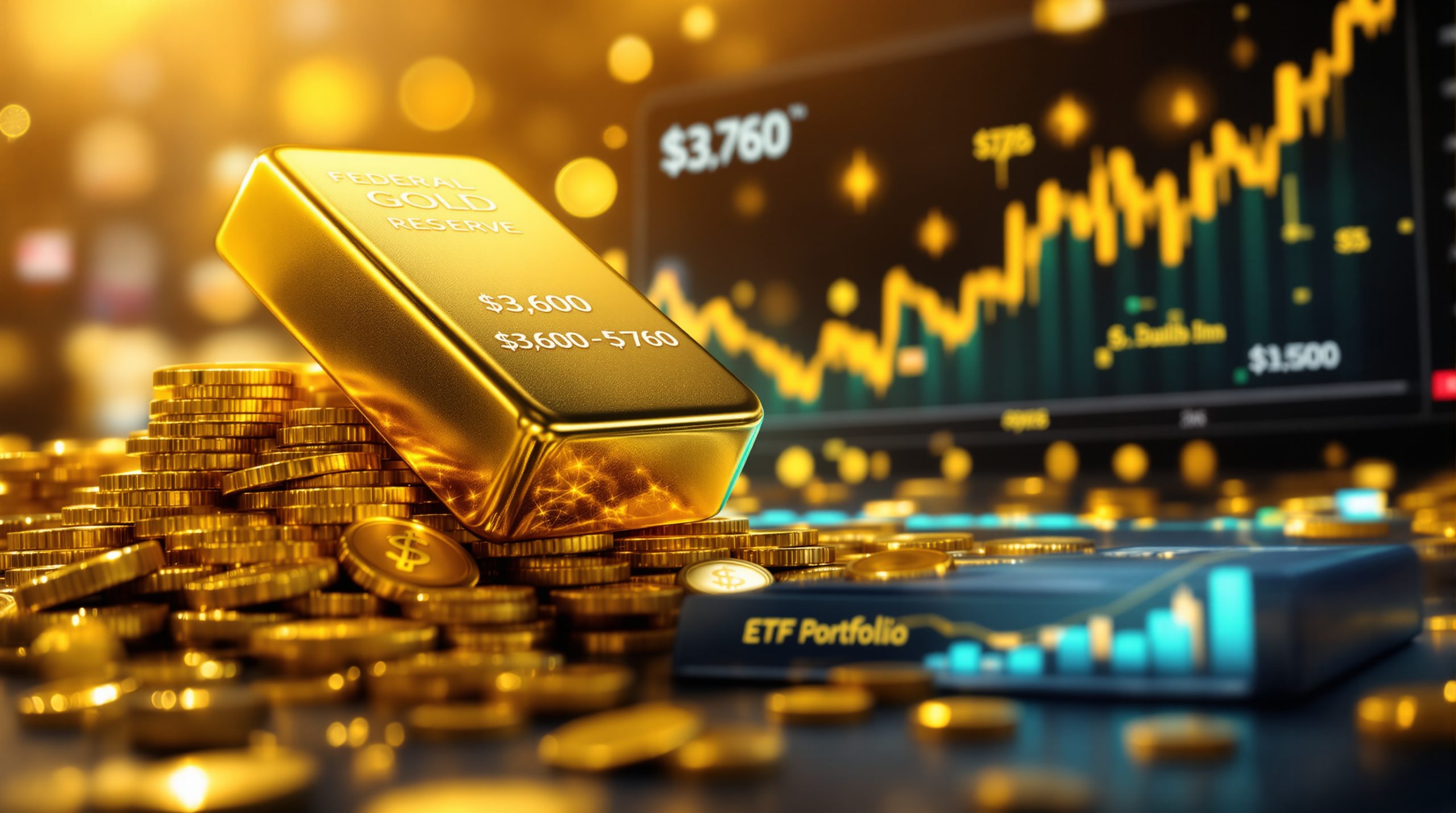Silver's Geopolitical Risk Premium: How Global Tensions Drive Precious Metal Demand
Global conflicts, trade disputes, and strategic resource competition have fundamentally altered silver's market dynamics. Beyond its traditional roles in jewelry and industrial applications, silver has emerged as a critical safe-haven asset during periods of international instability. This transformation reflects deeper structural changes in how investors, governments, and industries respond to an increasingly fragmented geopolitical landscape where silver demand from geopolitical tension creates significant market impacts.
The Dual Nature of Silver's Appeal During Global Uncertainty
Silver uniquely combines monetary and industrial characteristics, creating multiple demand drivers during geopolitical crises. Unlike pure monetary metals, silver maintains essential industrial applications that provide fundamental support even when investment flows fluctuate. This dual identity creates asymmetric upside potential during periods of heightened uncertainty, particularly when examining gold–silver ratio insights that often signal market transitions.
Measuring Geopolitical Impact on Silver Prices
Recent market movements demonstrate silver's sensitivity to global tensions:
| Period | Geopolitical Event | Silver Price Movement |
|---|---|---|
| 2022-2023 | Russia-Ukraine Conflict Escalation | +18.7% |
| 2023-2024 | Middle East Regional Tensions | +24.3% |
| 2024-2025 | Major Power Trade Disputes | +31.2% |
| 2020 | Global Pandemic Crisis | +47.0% |
Why Do Supply Disruptions Amplify Silver's Geopolitical Premium?
Production Concentration Creates Vulnerability
Silver's production geography creates inherent supply vulnerabilities during international conflicts. Unlike some commodities with dispersed production, silver mining remains concentrated in regions susceptible to geopolitical disruption, with potential silver market squeeze impact affecting global financial markets.
Key Insight: Just five countries account for over 70% of global silver production, creating significant supply chain vulnerability during regional conflicts.
Critical Producer Nations Under Pressure
Mexico and Peru, collectively responsible for approximately 40% of global silver output, face ongoing challenges that threaten supply stability:
- Mexican Mining Reforms: Regulatory changes implemented in 2024 have impacted approximately 5% of projected output, creating uncertainty for international operators.
- Strategic Metal Accumulation: Several nations have systematically accumulated silver reserves worth hundreds of millions over recent years, effectively removing this supply from international markets.
- Trade Barrier Proliferation: Tariff impacts on silver have fragmented previously integrated supply chains.
Case Study: Mexico's Regulatory Impact on Silver Supply
Mexico's position as the world's largest silver producer (23% of global output) makes its regulatory environment critically important to global markets. Recent mining reforms have:
- Strengthened environmental compliance requirements
- Modified concession frameworks for foreign operators
- Increased royalty structures on production
- Limited new exploration permits in environmentally sensitive regions
These changes have reduced production forecasts by approximately 5% for 2024-2025, contributing to persistent supply deficits that support higher prices.
How Do Central Banks Influence Silver During Geopolitical Crises?
Strategic Reserve Diversification
Central banks and metals have a complex relationship, with historical focus on gold for monetary reserves, but evidence suggests a growing interest in silver diversification amid geopolitical uncertainty:
- Several BRICS nations have expanded precious metals holdings beyond traditional gold reserves
- Emerging market central banks increasingly view silver as a complementary strategic asset
- De-dollarization strategies often include diversification into alternative monetary metals
The Monetary Policy Connection
Federal Reserve policy shifts amplify silver's response to geopolitical tensions. The current monetary environment has:
- Reduced the opportunity cost of holding non-yielding assets
- Created negative real yields that enhance precious metals' relative attractiveness
- Contributed to dollar weakness that makes silver more affordable for international buyers
- Raised inflation expectations that drive precious metals as purchasing power protection
Expert Analysis: "Silver's monetary component becomes increasingly dominant during periods when geopolitical tensions coincide with accommodative central bank policies, creating powerful tailwinds for price appreciation." – Jeffrey Christian, Managing Director at CPM Group
What Role Does Industrial Demand Play in Silver's Geopolitical Premium?
Critical Technology Applications
Silver's industrial demand profile has evolved significantly, creating essential applications in sectors considered strategically important:
Solar Energy Consumption
The renewable energy transition has established solar power as silver's fastest-growing demand segment:
- Annual solar industry consumption: Approximately 98 million ounces
- Projected 2030 demand: 142 million ounces
- Growth driver: China's solar cell exports increased 70% in early 2025
- Long-term outlook: Solar applications could consume 85-98% of current global silver reserves by 2050
Electric Vehicle Integration
Transportation electrification creates another structural demand driver:
- Each electric vehicle requires 25-50 grams of silver
- Global EV production exceeds 30 million units annually
- Silver content extends beyond propulsion to sensors, connectivity, and safety systems
- Battery technology advancements continue increasing silver intensity per vehicle
Electronics and Connectivity
Mature but expanding applications maintain consistent demand:
- Circuit boards and semiconductors remain silver-intensive
- 5G infrastructure deployment requires significant silver inputs
- Internet of Things proliferation creates distributed demand across consumer and industrial devices
Supply Chain Security Concerns
Geopolitical tensions have elevated industrial consumers' focus on supply security:
- Stockpiling Behaviour: Manufacturers have increased inventory levels to mitigate supply disruption risks
- Reshoring Initiatives: Supply chain regionalisation creates redundant demand in multiple manufacturing hubs
- Strategic Designations: Several jurisdictions have classified silver among critical minerals essential for economic security
How Do Investment Flows Respond to Geopolitical Silver Drivers?
Exchange-Traded Fund Dynamics
Institutional capital flows provide measurable evidence of silver's geopolitical premium:
- Silver-backed ETF holdings reached 1.13 billion ounces in 2025
- First-half 2025 inflows: Approximately 95 million ounces (exceeding full-year 2024)
- Total ETF silver value: Over $40 billion at current prices
- Institutional positioning: Record allocations to silver-focused investment vehicles
Futures Market Positioning
Derivatives markets reflect changing sentiment during geopolitical stress periods:
- Speculative long positions reached multi-month highs in September 2025
- Commercial short positioning expanded in response to price appreciation
- Open interest concentration suggests potential for increased volatility
- Managed money positioning indicates institutional conviction in structural repricing
Physical Demand Indicators
Retail investor behavior during geopolitical events reveals silver's safe‐haven investment insights:
- Premium-to-spot for physical products increases during crisis periods
- Dealer inventories decline as retail accumulation accelerates
- Sovereign mint production capacity constraints emerge during demand spikes
- Secondary market (used product) availability contracts as sellers withdraw
What Technical Patterns Emerge in Silver Markets During Geopolitical Stress?
Price Action and Support Levels
Silver's technical structure reveals important behavioral patterns during geopolitical tensions:
- Breakthrough above $40 per ounce represents both psychological and technical resistance
- Support consolidation around 50-day moving average ($38.20)
- Volume patterns show increasing participation during rallies with decreasing volume on pullbacks
- Price targets derived from technical analysis suggest $44.22 as next major resistance level
Volatility Characteristics
Geopolitical events typically alter silver's volatility profile:
- Intraday Range Expansion: Daily trading ranges widen during periods of heightened tension
- Gap Opening Frequency: Overnight developments create more frequent price gaps
- Correlation Shifts: Traditional relationships with other assets temporarily break down
- Options Skew: Risk premium increases for upside exposure relative to downside protection
How Do Mining Companies Position for Geopolitical Silver Drivers?
Operational Strategies
Silver producers adapt operational approaches to capitalise on geopolitical premiums:
- Jurisdictional Diversification: Portfolio balancing across multiple regulatory environments
- Cost Structure Management: Maintaining low all-in sustaining costs to maximise margin expansion during price spikes
- By-Product Optimisation: Leveraging antimony, lead, zinc, and other metals that often accompany silver deposits
- Capital Allocation Discipline: Prioritising debt reduction and operational improvements over speculative expansion
Case Example: Operational Leverage During Silver Repricing
For producers with all-in sustaining costs below $12 per ounce, current price levels above $40 create exceptional margin expansion:
- Each $1 increase in silver prices flows almost entirely to the bottom line
- Fixed cost structures amplify profitability during price appreciation cycles
- Capital projects previously uneconomic become viable at sustained higher prices
- Exploration activities accelerate as return thresholds are more easily achieved
What Future Scenarios Could Emerge from Ongoing Geopolitical Tensions?
Bullish Case: Intensifying Geopolitical Premium
Several factors could further amplify silver's geopolitical risk premium:
- Escalating Regional Conflicts: Expansion of existing tensions into broader regional instability
- Trade Relationship Deterioration: Increased tariffs, sanctions, or export restrictions
- Critical Mineral Designations: Formal classification of silver as strategically important in major economies
- Monetary System Fragmentation: Acceleration of reserve diversification away from traditional assets
Risk Scenario: Geopolitical De-escalation
Potential moderating factors that could reduce silver's geopolitical premium:
- Diplomatic Breakthroughs: Resolution of key conflicts through negotiated settlements
- Monetary Policy Shifts: Unexpected central bank hawkishness that increases opportunity costs
- Supply Response: Production increases from regions unaffected by geopolitical constraints
- Technological Substitution: Accelerated development of silver alternatives in key applications
Balanced Outlook: Structural Support With Cyclical Volatility
The most probable scenario combines structural tailwinds with periodic corrections:
Market Perspective: "Silver's geopolitical premium appears increasingly structural rather than transitory. Supply constraints, industrial demand growth, and monetary uncertainty create persistent support levels, though significant volatility should be expected within the broader uptrend." – Paul Wong, Senior Market Strategist at Sprott Asset Management
How Should Investors Approach Silver's Geopolitical Risk Premium?
Investment Thesis Components
The comprehensive case for silver exposure during geopolitical uncertainty includes:
- Monetary Tailwinds: Federal Reserve easing reduces opportunity costs while negative real yields enhance precious metals' relative attractiveness
- Geopolitical Tensions: Ongoing conflicts in major producing regions elevate safe-haven demand
- Industrial Backbone: Demand from solar, electric vehicle, and electronics sectors provides consumption growth independent of investment flows
- Supply Constraints: Multi-year deficits persist as declining ore grades and extended permitting timelines limit production growth
Portfolio Implementation Considerations
Investors can access silver's geopolitical premium through multiple vehicles:
- Physical Metal: Direct ownership provides maximum crisis protection but involves storage considerations
- Exchange-Traded Products: Liquid exposure without physical handling requirements
- Mining Equities: Operational leverage amplifies returns during price appreciation phases
- Options Strategies: Defined-risk approaches to capturing volatility during geopolitical events
Conclusion: Silver's Evolving Role in a Fragmented Global Order
Silver's breakthrough above $41 per ounce reflects a fundamental repricing driven by converging geopolitical, monetary, and industrial factors. Unlike tactical rebounds, the current environment suggests sustained elevation above historical trading ranges as silver demand from geopolitical tension reshapes market dynamics.
The metal's dual identity as both monetary hedge and industrial input creates multiple demand drivers that reinforce price strength even as individual factors fluctuate. For investors seeking portfolio protection against an increasingly uncertain geopolitical landscape, silver offers a unique combination of crisis protection, industrial exposure, and monetary diversification.
As international relations continue evolving toward greater fragmentation and strategic competition, silver's role as both an essential industrial input and geopolitical hedge positions it at the intersection of multiple structural trends that support its long-term value proposition.
Further Exploration:
According to the Silver Institute, physical silver investment has become increasingly important to global silver demand patterns, particularly as nations engage in strategic control of this critical resource.
Ready to Capitalize on the Next Major Silver Move?
Discover significant ASX silver opportunities before the market with real-time alerts from Discovery Alert's proprietary Discovery IQ model, transforming complex market data into actionable insights. Understand why major mineral discoveries can lead to significant returns by exploring Discovery Alert's dedicated discoveries page.




